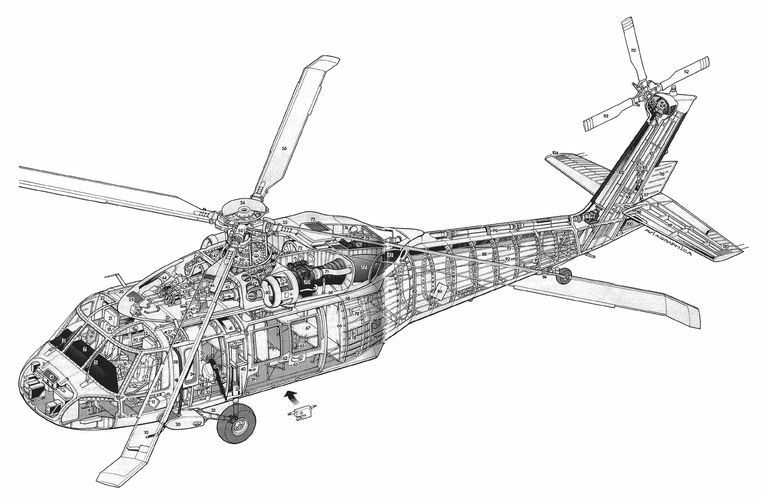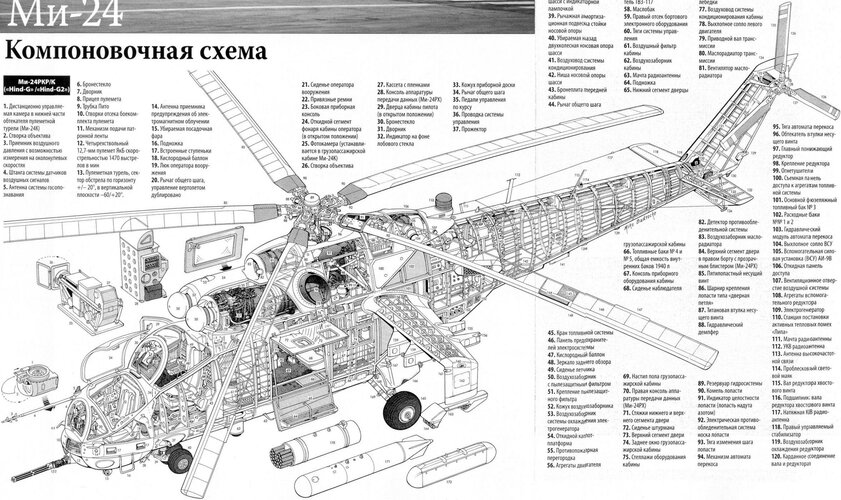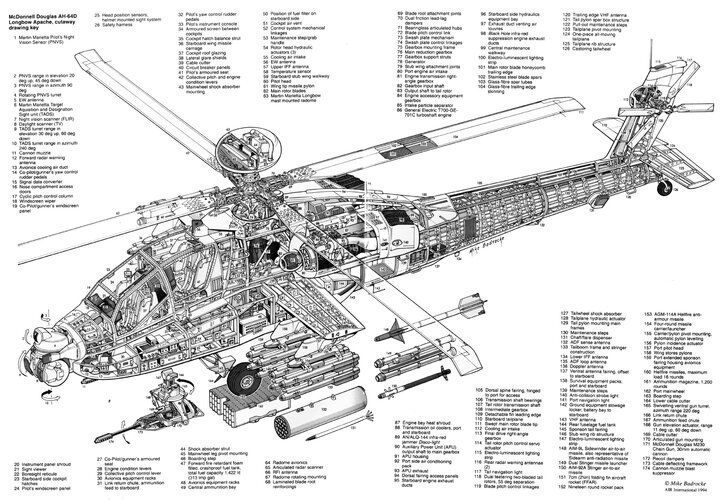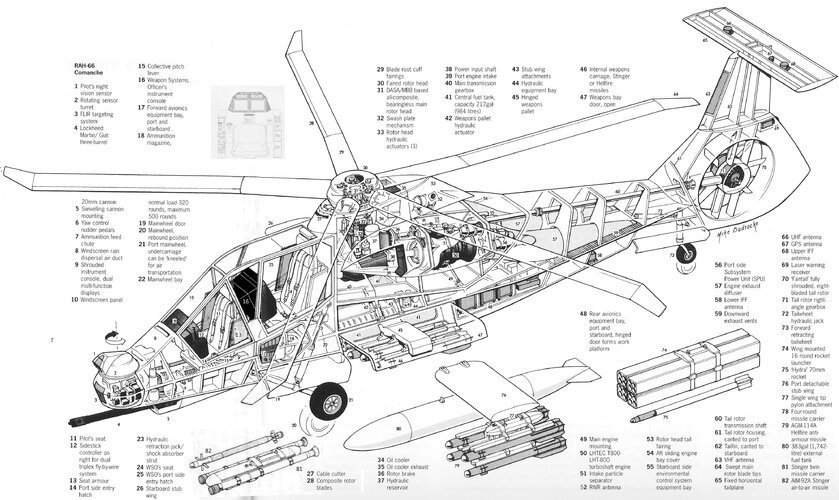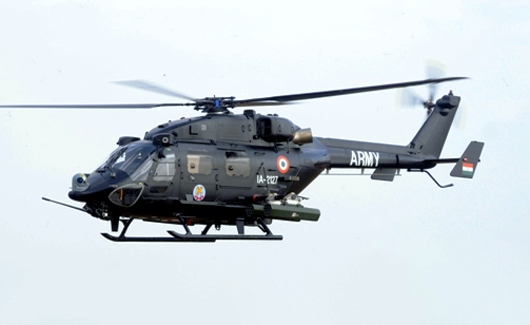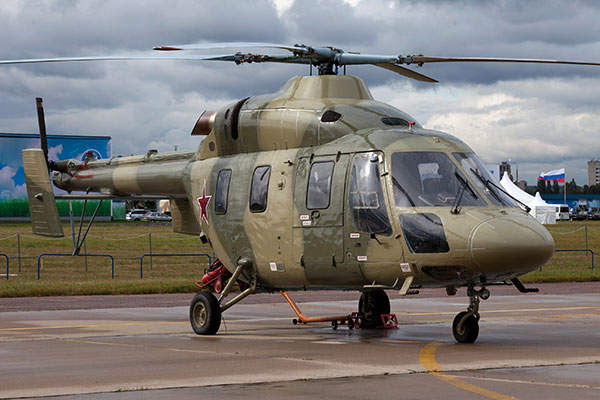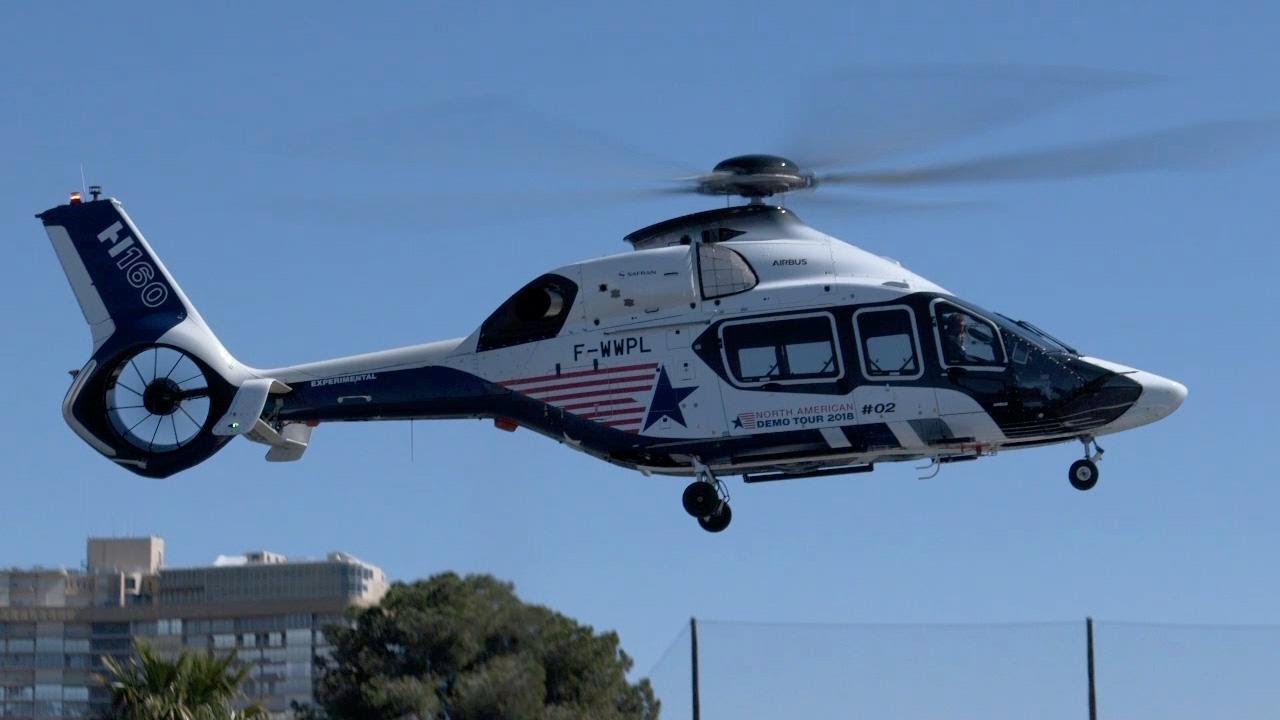- Joined
- 29 November 2010
- Messages
- 1,704
- Reaction score
- 3,219
I don't know how to explain it
but basically on some helicopters you see a thick tail like this, its basically a smooth slope from the main body to the tail rotor

on other helicopters, you have thinner tails like this

are there any pros and cons to these designs?
I assume one pro to the thinner tial is the ability to have a rear ramp/door
but basically on some helicopters you see a thick tail like this, its basically a smooth slope from the main body to the tail rotor
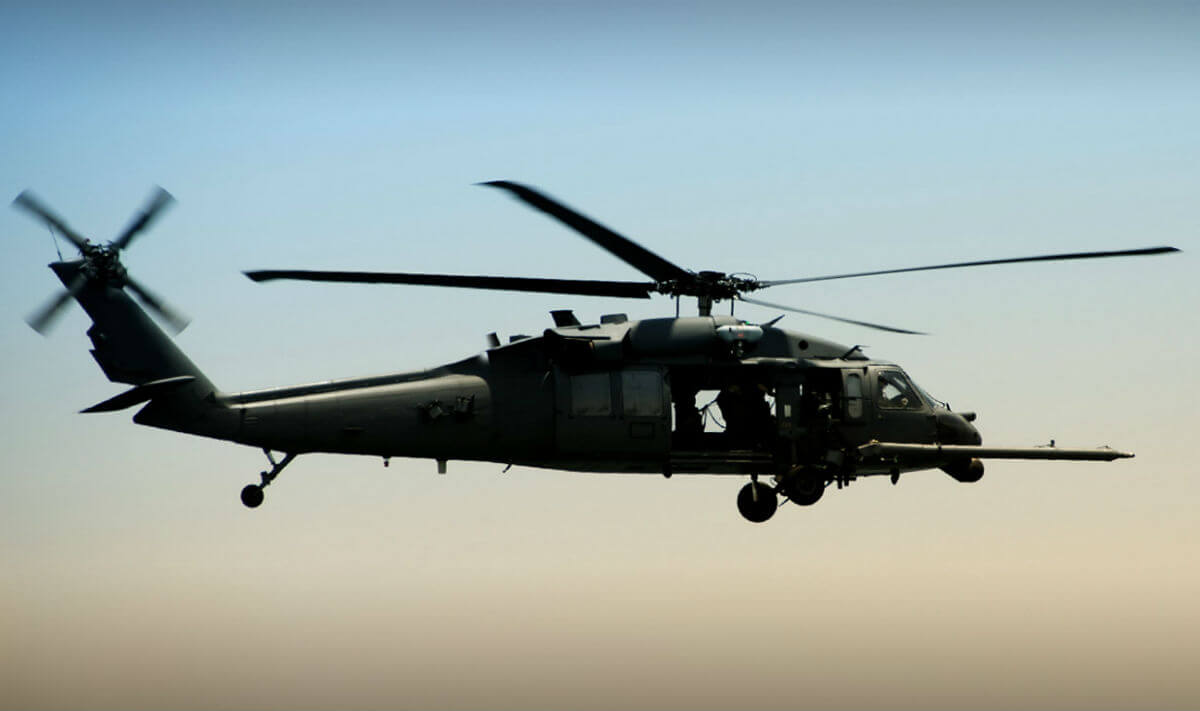
on other helicopters, you have thinner tails like this
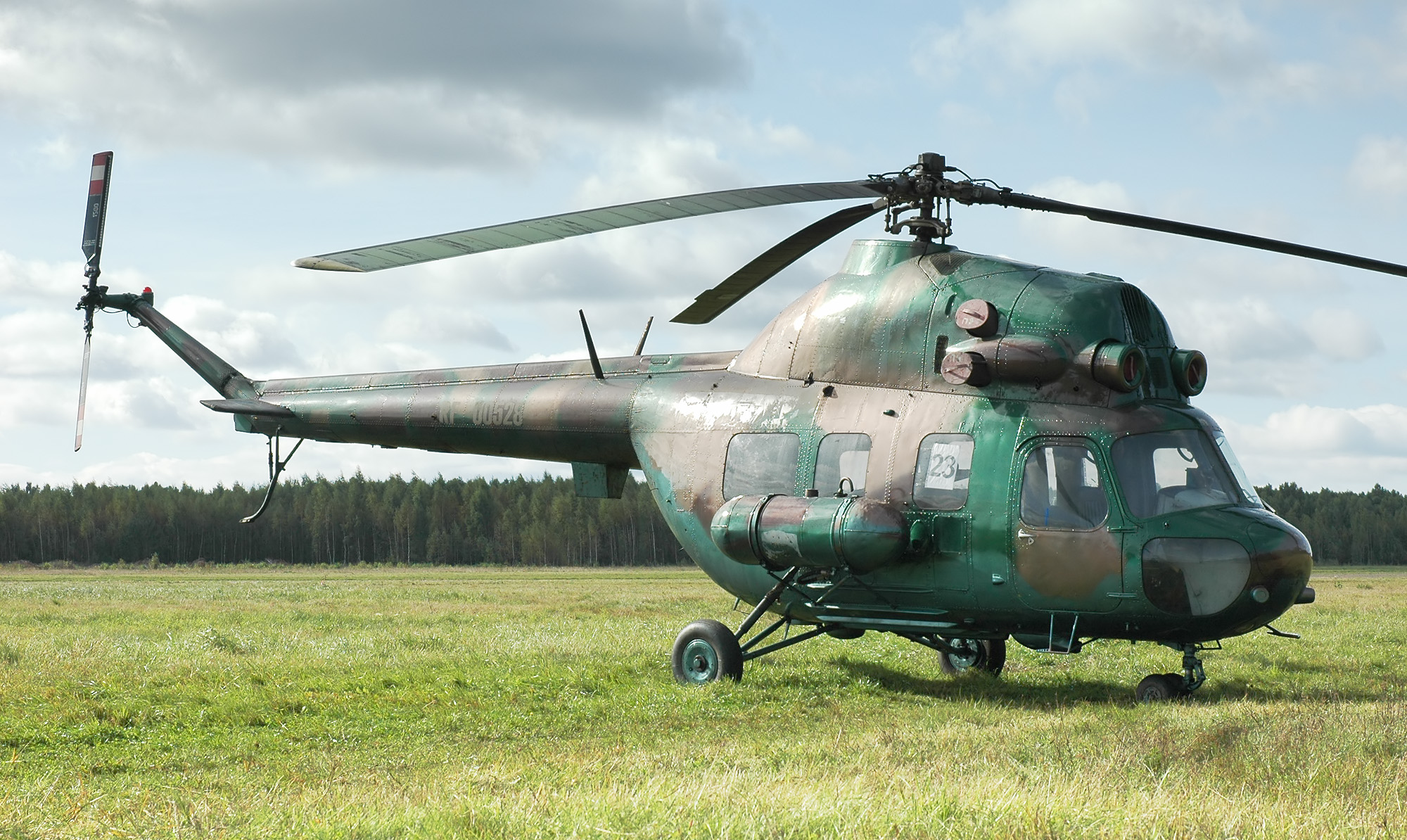
are there any pros and cons to these designs?
I assume one pro to the thinner tial is the ability to have a rear ramp/door

